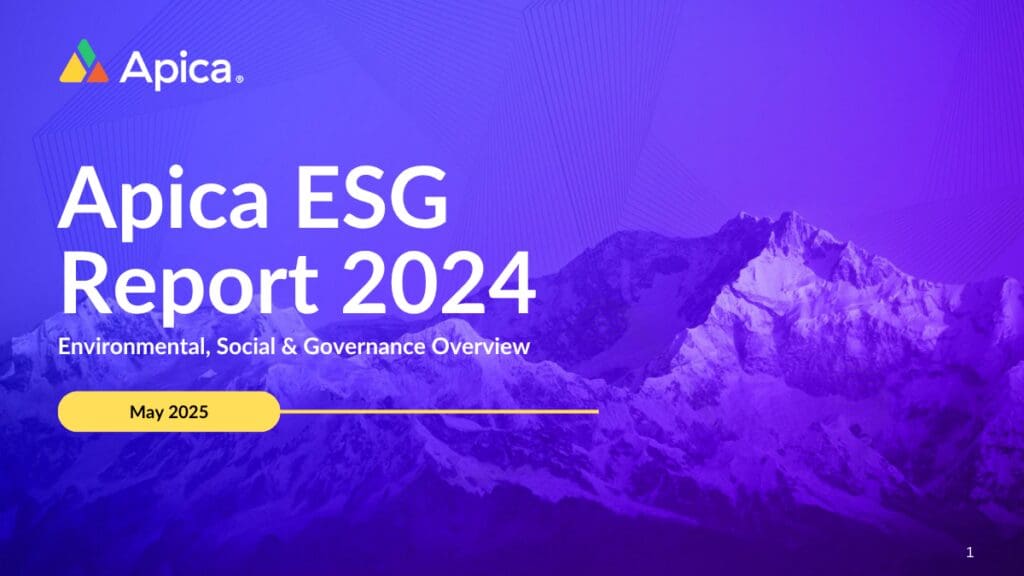API TESTING SERIES
Application Programming Interface (API) testing aims to secure and optimize communication between different platforms. This process examines many elements including debugging, identifying inconsistencies, pinpointing weaknesses, locking down security, and gauging performance.
These different aspects of the API testing process often require separate tests but with some overlap. Any business utilizing APIs can benefit from testing as a means to ensure that their online platforms not only function correctly but also respond to customer use as quickly as possible.
API Testing: Hierarchy of Needs
Before looking at what should be specifically examined in API testing, it’s prudent to establish what is most important in an API. The API Hierarchy of Needs identifies usability as the most important element, followed by functionality, reliability, proficiency, and creativity. API testing is concerned with the functionality and reliability parts of the hierarchy. When running API tests, your business will be testing if the API works as expected, and if it works continuously under heavy load.
What To Look For When API Testing
API testing is part of the integration testing process and should determine if requests return data, check for event triggers activating, and verify data updates on both the client and host sides. Essentially, API tests should ask “does it work, and does it work correctly.” This part of the test is more like a checklist than a performance gauge.
API testing should focus first and foremost on problems that appear in everyday, typical use cases as a baseline. During the debugging and functionality testing, the API tests should focus on problems with basic functionality over “exotic” or far-fetched bugs that are unlikely to appear in normal use. Therefore, early tests should emulate typical user behavior like searching for a specific product or completing a purchase.
What Not to Look For when API Testing
The API test should not be looking for unusual or abstract use cases like navigating from section to section using any link as quickly as possible for an extended period of time. Additionally, the tests should not look at use cases where a user would be using the application for something other than what it was built for.
Now That It Works, Let’s Break It
After the initial tests have confirmed that the API is working correctly, it’s time to see how many requests the application can handle before response times start to spike. Customers often cite poor performance as a reason for ditching an application for a competitor. To keep and impress the customers your business’s platform is already attracting, then, the API tests should shift to gathering data that describes performance response times versus the number of simultaneous users accessing the platform. This information is used to predict how the API’s infrastructure will behave as the platform’s user base grows, helping your business identify things like how to expand infrastructure and how much power is necessary to handle peak demand.
API testing can also be very helpful with monitoring performance, which is especially useful when the development team makes changes. Measuring average response times before and after an update can tell the developers if the changes made the platform more or less efficient. The more efficiently the application performs, the less it will rely on a powerful hosting infrastructure. Testing can also examine individual endpoint performance, and provide greater insight into why an API might fail.
Download our eBook, Testing in the API Economy & Why it’s critical to Your Organization











